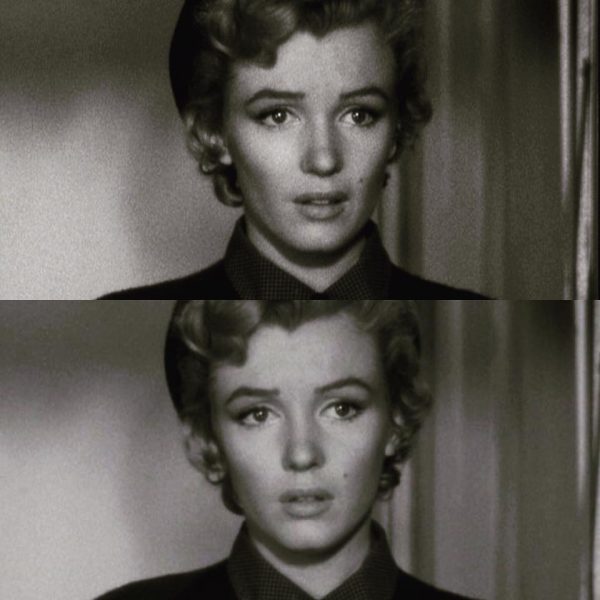
In Actresses and Mental Illness, a new academic study, author Fiona Gregory focuses on stars like Vivien Leigh and Frances Farmer, whose psychological problems are as well-known as their dramatic talents. In her introduction to the book, she also mentions Marilyn.
“Marilyn Monroe stands as one of the best-known examples of an actress whose life was impacted by mental illness. Actors’ and directors’ accounts of working with Monroe make frequent reference to unprofessional behaviour (lateness, inability to learn lines, conflicts with colleagues), drug addiction and visits to psychiatrists. While rumours and coded reports of Monroe’s illness circulated during her lifetime, much of the detail of her particular problems and the treatments she pursued has emerged posthumously. Each further revelation – of a psychiatrist visited; a drug treatment tried; a suicide attempt hushed up – has added to the picture of ‘Marilyn Monroe’ as icon of suffering. It’s a picture suffused with irony – imagine, that one of the most beautiful and celebrated women in the world, with seemingly every personal and professional opportunity, should be made so uncomfortable in her own skin by the demons in her mind!
In the biographical record, Monroe’s suffering – taking as its form chronic self-doubt, an unstable sense of self, and a seeming inability to forge healthy relationships – is framed as fundamentally connected to her professional identity as a performing woman. Above all, Monroe is represented in terms of her inability to formulate a stable, coherent identity … In such narratives, the creation of an alternate identity becomes a strategy to mask an essential emptiness. The notion of actress as cypher, evacuated of meaning unless she is performing, recurs in fictional and biographical representations of the actress…
In 1955, Monroe recorded a dream in which her acting coach, Lee Strasberg, ‘cuts me open’ in an operating theatre, only to find ‘… there is absolutely nothing there – Strasberg is deeply disappointed but more even – academically amazed that he had made such a mistake. He thought there was going to be so much – more than he had ever dreamed possible in almost anyone but instead there was absolutely nothing…’
Here, Monroe becomes an eloquent commentator on the fears and insecurities of the performing woman, and on the questions of identity, ambition and meaning that circulate around her. This autobiographical artefact puts emptiness at the core of Monroe’s own psyche. The fact that it is Strasberg – the man who stood as her authority on acting – who has found her out suggests that it was in her own professional realm that Monroe desired to achieve significance but feared she would be found wanting. Monroe’s dream literalises the fear of the ‘nothing’: that the glittering surface will be revealed to mask an essential absence – a lack of talent, a lack of worthiness – that recurs in fictional and biographical representations of the actress and in actress’ own meditations on self.”